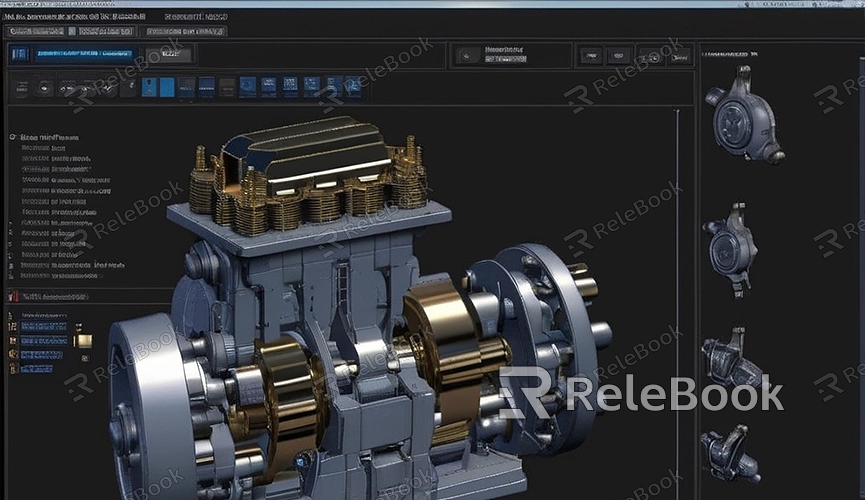How to gpu render in blender
Interested in utilizing GPU rendering in Blender? GPU (Graphics Processing Unit) rendering utilizes the computational power of the graphics processor to accelerate the rendering process, significantly improving rendering speed and efficiency. In this article, I'll introduce you to the basic steps of GPU rendering in Blender, making it easy for you to enjoy the rendering acceleration brought by GPU.
1. Check GPU Compatibility
Before starting GPU rendering, make sure your computer system and graphics card support GPU rendering. Most modern graphics cards support GPU rendering, but it's still necessary to check if your graphics card model and drivers support Blender's GPU rendering feature.

2. Enable GPU Rendering
In Blender, GPU rendering needs to be enabled in the render settings. After opening Blender, click the "File" option in the top menu bar and select "Preferences." In the preferences panel, switch to the "System" tab, then select your graphics card from the "Render Device" dropdown menu. This enables GPU rendering.
3. Set Rendering Parameters
In Blender, you can set different rendering parameters according to your project requirements. Click the "Render" option in the top menu bar and select "Render Settings." In the render settings panel, you can adjust various rendering parameters such as resolution, sampling level, ray tracing depth, etc.
4. Start GPU Rendering
After setting the rendering parameters, click the "Render" button in the render settings panel to start GPU rendering. Blender will utilize the computational power of your graphics card to accelerate the rendering process, resulting in faster rendering of images or animations.
5. Monitor Rendering Progress
During GPU rendering, you can find the rendering progress bar at the bottom of Blender's main interface. This progress bar displays the current frame's rendering progress and the estimated remaining time for the entire rendering process. You can monitor the rendering progress at any time to adjust rendering parameters or address any issues promptly.
6. View Rendering Results
Once rendering is complete, you can find the rendered images or animation files in the output path. You can use any image viewer or video player to view these rendering results and ensure they meet your expectations.
7. Adjust Rendering Settings (Optional)
If you're not satisfied with the rendering results, you can adjust the rendering settings to achieve better rendering effects. You can try different rendering parameters such as sampling level, lighting settings, material settings, etc., to find the most suitable rendering parameters for your project.
8. Export Rendering Results
If you're satisfied with the rendering results, you can export them as image or animation files for further editing or processing in other software. In Blender, you can use the "Output" options to export the rendering results, choosing the file format and encoding options that suit your needs. If you need high-quality 3D textures, HDRI, or downloadable 3D models while creating models and virtual scenes, you can download them from Relebook and import them directly into your models for immediate use.

